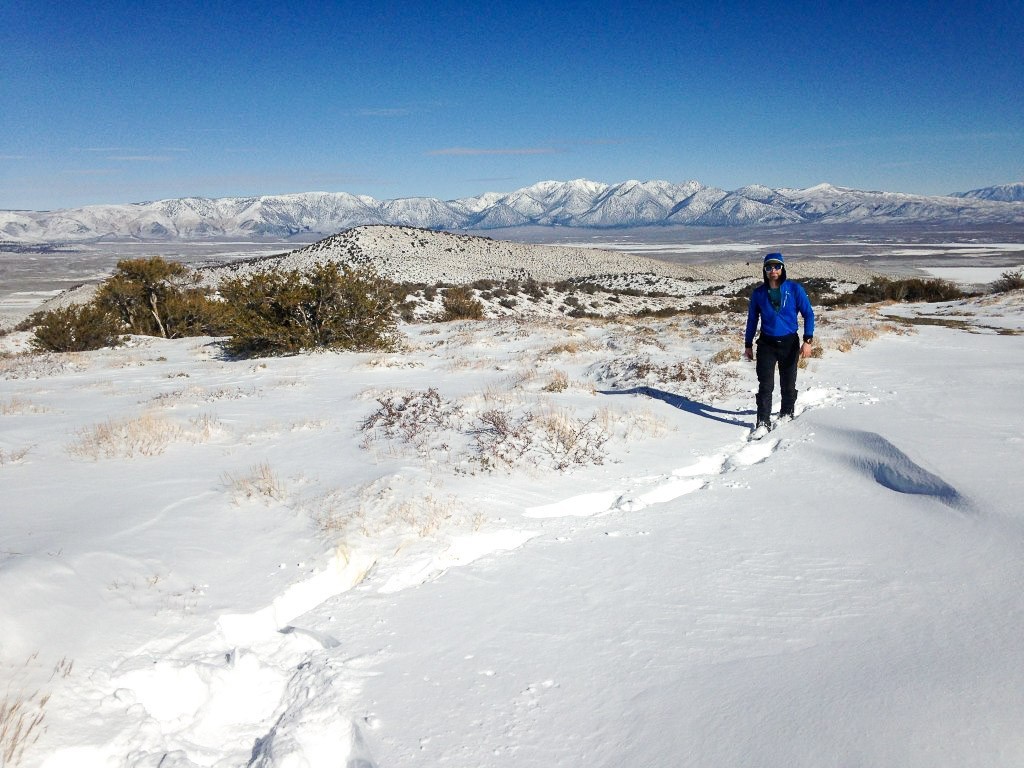Like many of our reviews, this one is a compilation of many years of experience and hands-on comparisons. Our current winter boots analysis includes testing we conducted during mid-winter months in Washington, Oregon, Idaho, Colorado, and northern California. We took the top choices from our previous reviews, dropped the lowest-performing models, and replaced them with new ones. Our testing includes standardized, quantifiable tests as well as hours and hours of wear time to help you find the right pair for you.
During winter testing, we spent long days stomping around in snowshoes, putting down some miles on the local winter trails, and shoveling heaps of snow from our long driveway, deck, and even the roof. All the while, we paid attention to each boot's hiking abilities and long-term comfort. We also made countless trips to the post office, the grocery store, and around town dog walks during cold and snowy days to test the ease of use and comfort levels in models meant for less rugged activities.
Warmth
We tested warmth in a few ways. First, to objectively measure how well each boot retains heat, we placed them side by side in an ice bath and took internal temperature readings with a laser thermometer at three-minute intervals for twelve minutes. This showed us precisely how each of the tested models retained or lost heat without the addition of body heat.
We also tested for warmth by wearing the boots in winter conditions, doing chores, running errands, and doing activities like hiking and walking the dogs. Often, we wore different boots on each foot to assess differences in insulating performance. We stood on snowy trails for minutes to feel which foot got colder faster. After months of testing in cold temperatures, we ended up with a great comparative idea of how warm each boot really is.
Weather Protection
Using both the standardized eight-minute slush bucket test and a ten-minute water submersion test, we dunked our booted feet around 5 inches deep to see if the boots would show any signs of leaking. While this is an easy way to quantify the water resistance of the boots, we also tromped through countless puddles and snow banks, going out of our way to see if we could get them to leak in real-world applications. The submersion test goes above and beyond the demands that most people will put on their winter boots from a water resistance standpoint, but it quickly becomes evident which boots are truly waterproof and those that are simply water and splash resistant.
Comfort and Fit
We tried to get as many people's feet into the tested boots as possible to reach a consensus on fit and noted whether each pair was available in a wide version. We assessed comfort by walking around in the boots, spending time in and out of doors, and by polling our various review contributors. Testers took detailed notes on the comfort and support of the insole, the width and length of each model, as well as the stiffness and support offered by the shaft.
Traction
To test this important metric, we scrutinized the soles of each boot, comparing lug designs with our past experience of what works and what doesn't. We measured lug depth to infer how much traction each boot would have. Then, we put each boot to the test as we scampered up and down snowy hillsides and walked across icy roads and sidewalks, as well as uneven ground on dirt trails, to see how each boot performed. Often, we wore different boots on each foot and tried to "skate" across snow and slick pavement to judge how much resistance to sliding each sole provides.
Durability
Each pair of winter boots was used and abused in winter conditions, from snowy driveways to cold and wet urban streets to icy trails. We treated these boots roughly, checking for any unexpected wear and tear along the way. We also scrutinized the stitching and construction of each boot, comparing our observations to our experience and knowledge of boot designs and materials.







